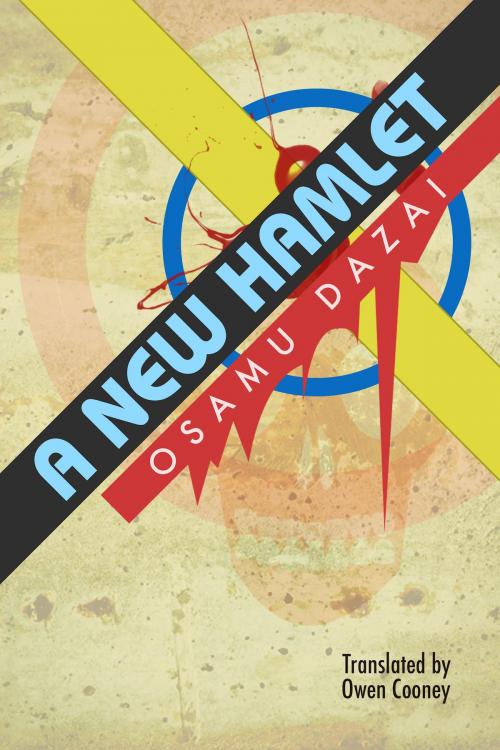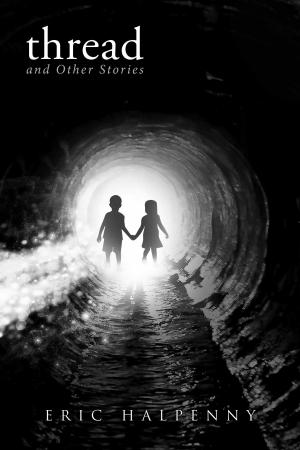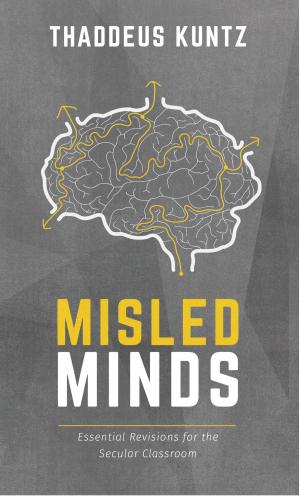| Author: | Osamu Dazai, Owen Cooney | ISBN: | 9781483587776 |
| Publisher: | BookBaby | Publication: | November 21, 2016 |
| Imprint: | BookBaby | Language: | English |
| Author: | Osamu Dazai, Owen Cooney |
| ISBN: | 9781483587776 |
| Publisher: | BookBaby |
| Publication: | November 21, 2016 |
| Imprint: | BookBaby |
| Language: | English |
The Tragedy of Hamlet is the consummate tale of an introspective melancholic struggling to come to terms with the world he lives in; it is no surprise, then, that artists like Goethe and Coleridge have identified with this tortured character over the centuries. As one of Japan’s most famous and troubled writers, Osamu Dazai, too, offered his own interpretation of Hamlet in his book Shin-Hamlet, or “A New Hamlet.” This book was published in 1941 during Dazai’s middle period and it marks a significant development in the career of the writer as he worked toward lengthier works that culminated in his classics Shayo (“The Setting Sun,” 1947) and Ningen Shikkaku (“No Longer Human,” 1948). It is a significant work that has never been published in English before. Dazai’s Hamlet is a passive character in a whirlwind of schemers. It is clear that, in typical autobiographical fashion, Dazai is writing about himself in this book. There are allusions to his troubled university days (when he failed to graduate) his difficult relations with women (Gertrude and Ophelia are both strong, manipulative characters in this work, while the men are weak and indecisive) and his own distressed psyche (he committed suicide in 1948). The strong theme of adult hypocrisy brings to mind a bildungsroman more than a tragedy. It is also significant to note that this book was completed in 1941, right around the time the Pacific War began. The conflict between Denmark and Norway in A New Hamlet is reminiscent of the outbreak of war between Japan and America. Dazai was never outwardly critical of militaristic Japan, but this work could be interpreted as a commentary on the government’s corruption. In addition, the character of Polonius, who ambivalently is both the supporter of young idealists and the right-hand man of an oppressive leader, reminds one of the publishers that had to comply with stringent censorship laws at the time. One wonders if Dazai is writing about the editors or critics he would have dealt with. All in all, there are many facets to this work that give it a particular enjoyment that is distinct from Shakespeare’s “Hamlet.” Dazai’s work is incredibly humorous despite the darkness of his themes, and keeps the reader reading all the way to the end.
The Tragedy of Hamlet is the consummate tale of an introspective melancholic struggling to come to terms with the world he lives in; it is no surprise, then, that artists like Goethe and Coleridge have identified with this tortured character over the centuries. As one of Japan’s most famous and troubled writers, Osamu Dazai, too, offered his own interpretation of Hamlet in his book Shin-Hamlet, or “A New Hamlet.” This book was published in 1941 during Dazai’s middle period and it marks a significant development in the career of the writer as he worked toward lengthier works that culminated in his classics Shayo (“The Setting Sun,” 1947) and Ningen Shikkaku (“No Longer Human,” 1948). It is a significant work that has never been published in English before. Dazai’s Hamlet is a passive character in a whirlwind of schemers. It is clear that, in typical autobiographical fashion, Dazai is writing about himself in this book. There are allusions to his troubled university days (when he failed to graduate) his difficult relations with women (Gertrude and Ophelia are both strong, manipulative characters in this work, while the men are weak and indecisive) and his own distressed psyche (he committed suicide in 1948). The strong theme of adult hypocrisy brings to mind a bildungsroman more than a tragedy. It is also significant to note that this book was completed in 1941, right around the time the Pacific War began. The conflict between Denmark and Norway in A New Hamlet is reminiscent of the outbreak of war between Japan and America. Dazai was never outwardly critical of militaristic Japan, but this work could be interpreted as a commentary on the government’s corruption. In addition, the character of Polonius, who ambivalently is both the supporter of young idealists and the right-hand man of an oppressive leader, reminds one of the publishers that had to comply with stringent censorship laws at the time. One wonders if Dazai is writing about the editors or critics he would have dealt with. All in all, there are many facets to this work that give it a particular enjoyment that is distinct from Shakespeare’s “Hamlet.” Dazai’s work is incredibly humorous despite the darkness of his themes, and keeps the reader reading all the way to the end.















